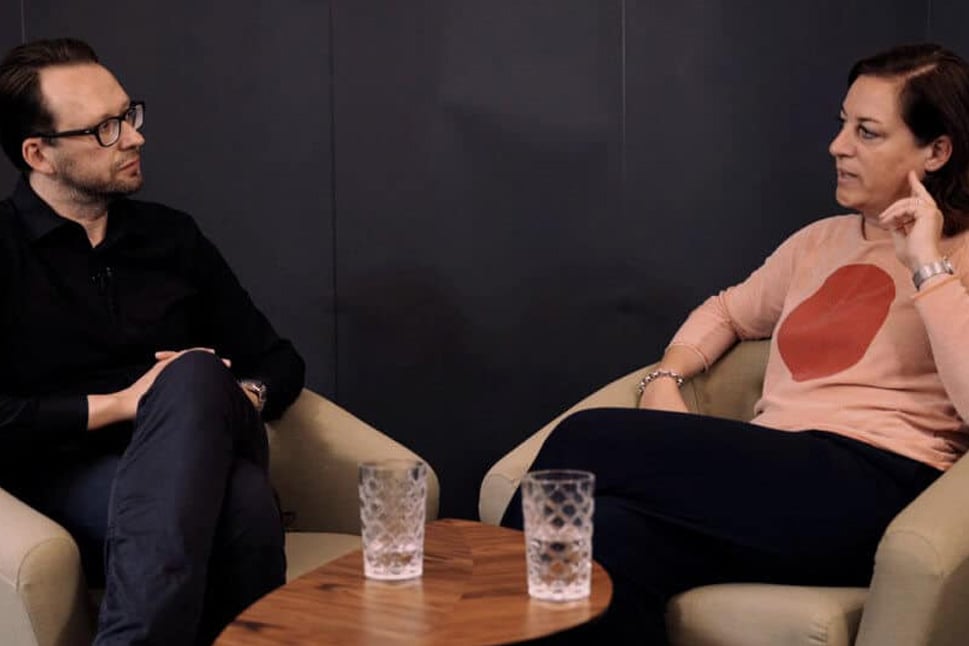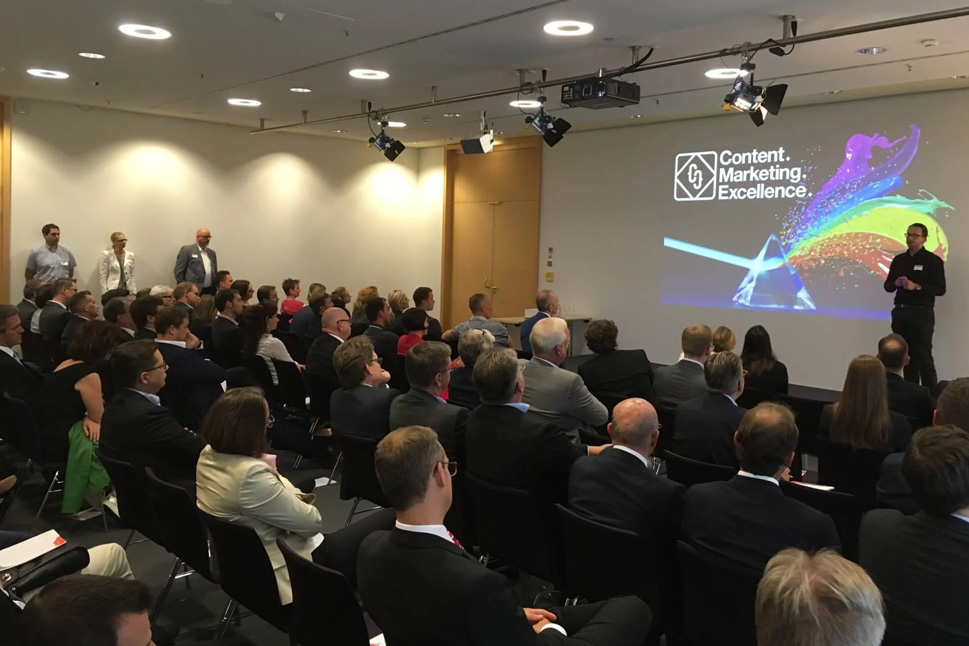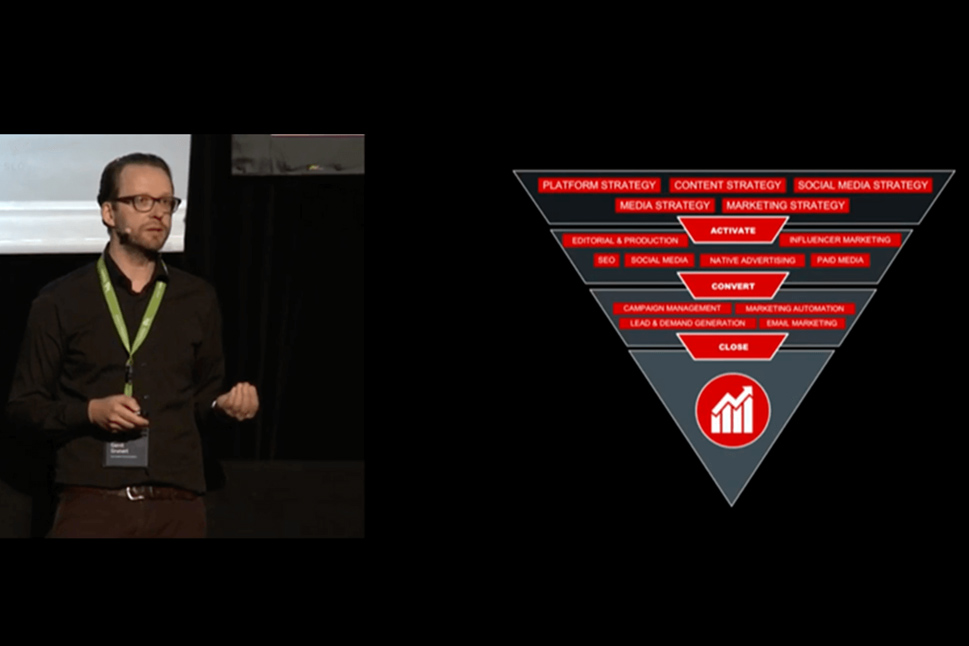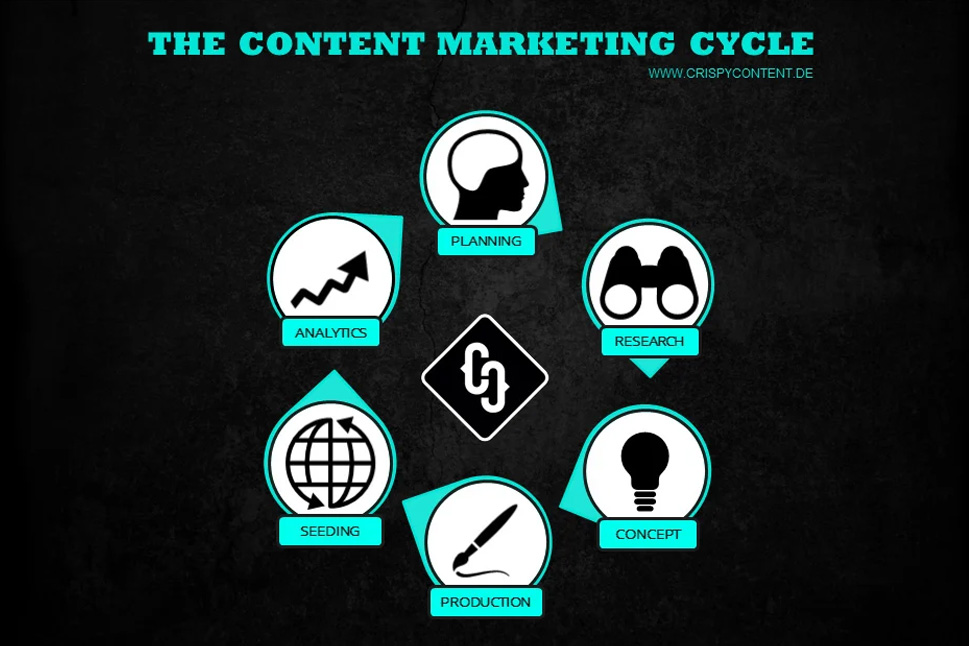Communication Challenge: Making Expertise Visible in B2B Marketing
Last updated on July 24, 2025 at 06:00 AM.Anyone working in marketing consulting, business communication, or content marketing frequently encounters a striking phenomenon: it isn’t the quality of a company’s products or services that holds them back. More often, success is hindered because their expertise fails to reach the target audience. Two recent examples illustrate this situation. A European ERP software provider documents its solutions down to the last detail. The team’s technical precision is impressive—yet their communication falls flat. Their language is so specialized that potential customers are left behind. Another company, a luxury furniture brand, invests in breathtaking product presentations. Still, interested buyers searching for terms like “Cottage Style” or “Art Deco” miss the offering entirely. The focus on internal product terminology prevents collections from being recognized by the market.
When Excellence Becomes a Barrier – Why Industry Leaders Remain Invisible
These examples do not stem from companies with structural weaknesses. On the contrary, both are recognized leaders in their respective fields. Yet, a recurring pattern emerges—especially among organizations with high technical or design expertise. Passion for their own product drives communication that leaps ahead of what the audience actually needs to know.
This is particularly evident in B2B communication and technical product marketing, where the internal perspective dominates. The language used daily within the company is projected externally—missing its mark. The result: valuable expertise remains confined within the organization instead of becoming visible in the market.
The Blind Spot in Brand Communication – Why Many Companies Miss Their Audience
Digital transformation and the growing importance of content marketing have raised the bar for corporate communication. Today’s audiences are well-informed and expect personalized engagement. Assuming that the recipient is already on the same knowledge level can overwhelm or even alienate potential customers.
This is repeatedly seen in ERP software marketing strategy and luxury brand marketing: market differentiation is not achieved by product innovation or design alone. What matters is how expertise is made accessible. Missing the right entry point for the target audience results in lost visibility—and, ultimately, competitiveness.
Navigating Between Technical Jargon and Market Reality – Communication Team Challenges
For marketing teams in global enterprises, the situation becomes even more complex: solutions grow in complexity while demands for consistent brand messaging intensify. Budget cuts, rising cost pressures, and the expectation to deliver greater visibility with fewer resources add to the strain.
In practice, this means strategic planning time is scarce, and operational requirements dominate daily business. The temptation to resort to familiar internal language is strong. Yet, especially in international contexts, this approach reaches its limits. The challenge is not only to create content but to generate relevance—for diverse audiences, channels, and markets.
The Gap Between Expertise and Customer Experience – Where Communication Potential Is Lost
The disconnect between technical excellence and market perception is not a fringe issue. It spans numerous industries, from software vendors to industrial companies and luxury goods manufacturers. The consequence: potential customers overlook innovative products because they search using different terminology or do not understand the benefits.
Experience in B2B marketing and brand positioning shows: focusing solely on specifications and details underestimates the power of inspiration, storytelling, and emotional engagement. True value remains invisible without accessible entry points. Communication strategies must bridge the gap—connecting internal expertise to audience expectations.
Technocracy vs. Inspiration – What Modern Content Strategies Must Achieve
Marketing professionals charged with strategy and B2B content development face the challenge of translating technical content into market-ready communication. The goal is not to oversimplify products, but to make them comprehensible. The nuances of a solution retain their value—but the messaging must meet the market on its own terms.
Innovative approaches rely on adopting the customer’s perspective: What is the customer actually searching for? What language do they use? What questions are driving them? Addressing these questions is critical to optimizing customer targeting and audience engagement. This is how expertise is transformed into real market impact.
Practical Solutions – How Companies Can Connect with Their Target Audience
Overcoming this communication barrier starts with an honest analysis of existing content: Are messages resonating where the audience is? Is there a clear, consistent thread linking product development, marketing, and sales? Case studies show that structured topic classification, keyword testing, and clear prioritization based on information needs lead to better results.
In B2B communication improvement, processes that include multiple stakeholders—from product development to sales—prove effective. Regular content audits that reflect the language of the target audience help identify blind spots. Additionally, technical language can remain—but it must be contextualized.
Methods for Unlocking New Communication Pathways – From Analysis to Implementation
Making expertise accessible requires a methodical approach, including:
- Audience interviews to capture actual language use and information needs.
- Keyword analysis focused on search intent rather than just product names.
- Development of content formats that translate complex topics into relatable narratives.
- Ongoing measurement of success based on relevance, reach, and audience interaction.
Especially in the context of digital transformation and technical product marketing, this creates a sustainable framework. Adjusting communication strategy is not a one-off effort but an ongoing process that allows for continuous improvement.
First Steps Toward Greater Visibility – How to Embark on a New Communication Culture
Companies seeking to consolidate their brand communication and establish a consistent content strategy should ideally start with a perspective shift: the target audience’s viewpoint becomes the guiding principle for all initiatives. Recommended steps include:
- Critically reviewing existing communication materials and touchpoints.
- Aligning content for clarity and relevance to the target audience.
- Breaking down internal silos between product development, marketing, and sales.
- Leveraging external feedback and market data to challenge internal language.
- Translating complex topics into storytelling formats that both inform and inspire.
These steps foster a communication culture that makes expertise visible rather than hidden—laying the foundation for sustainable growth.
Partnerships on Equal Terms – How Professional Support Adds Value
In implementing such a communication strategy, collaboration with partners who combine analytical rigor with creativity proves invaluable. Service providers who make methodologies transparent and explain them to non-specialist stakeholders enhance the autonomy of internal teams. They decode mechanisms, identify trends, and translate them into actionable formats.
The real value does not come from simply delivering content, but from sustainably enabling organizations: those who understand how to make their expertise accessible to the target audience gain relevance and differentiation in the marketplace.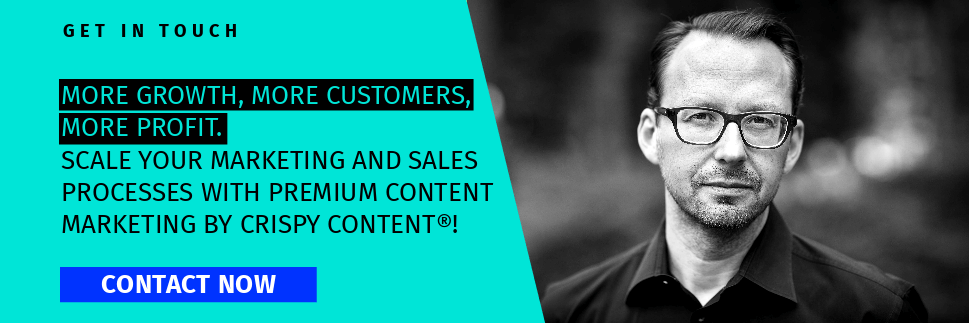
Creative, smart and talkative. Analytical, tech-savvy and hands-on. These are the ingredients for a content marketer at Crispy Content® - whether he or she is a content strategist, content creator, SEO expert, performance marketer or topic expert. Our content marketers are "T-Shaped Marketers". They have a broad range of knowledge paired with in-depth knowledge and skills in a single area.





.png)











.jpg)

-1.jpg)

-1.jpg)
.jpg)



.jpg)













.jpg)







.jpg)





























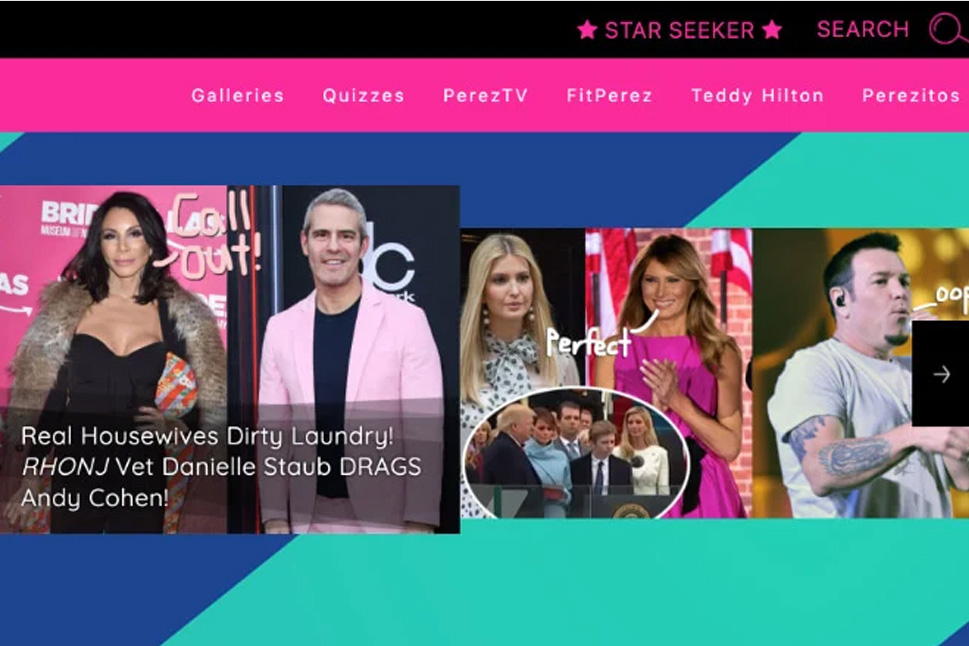



.jpg)












